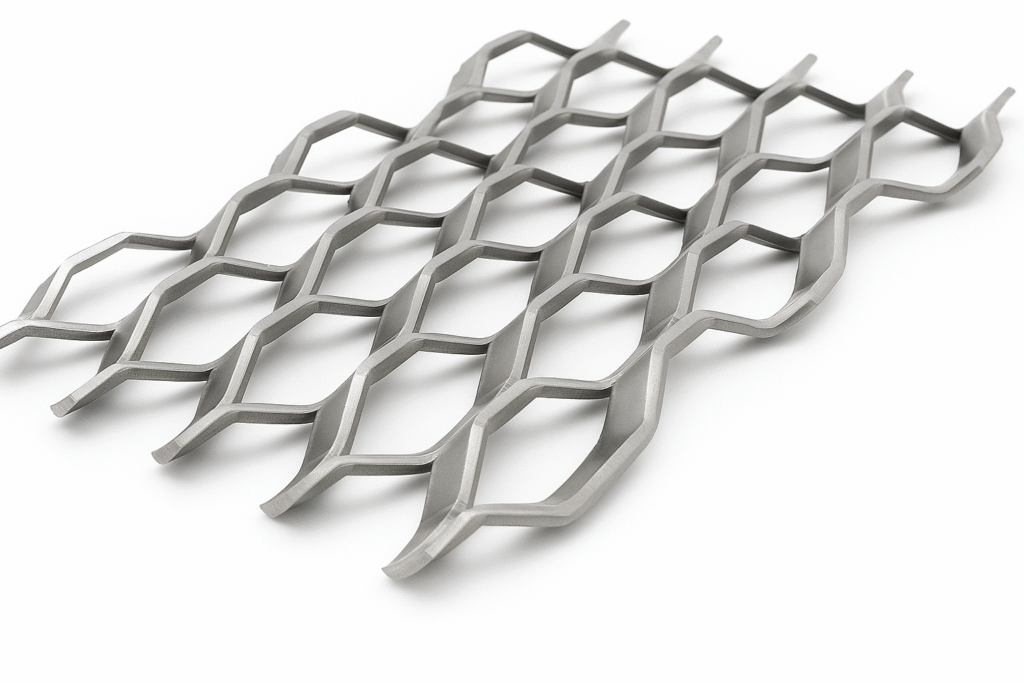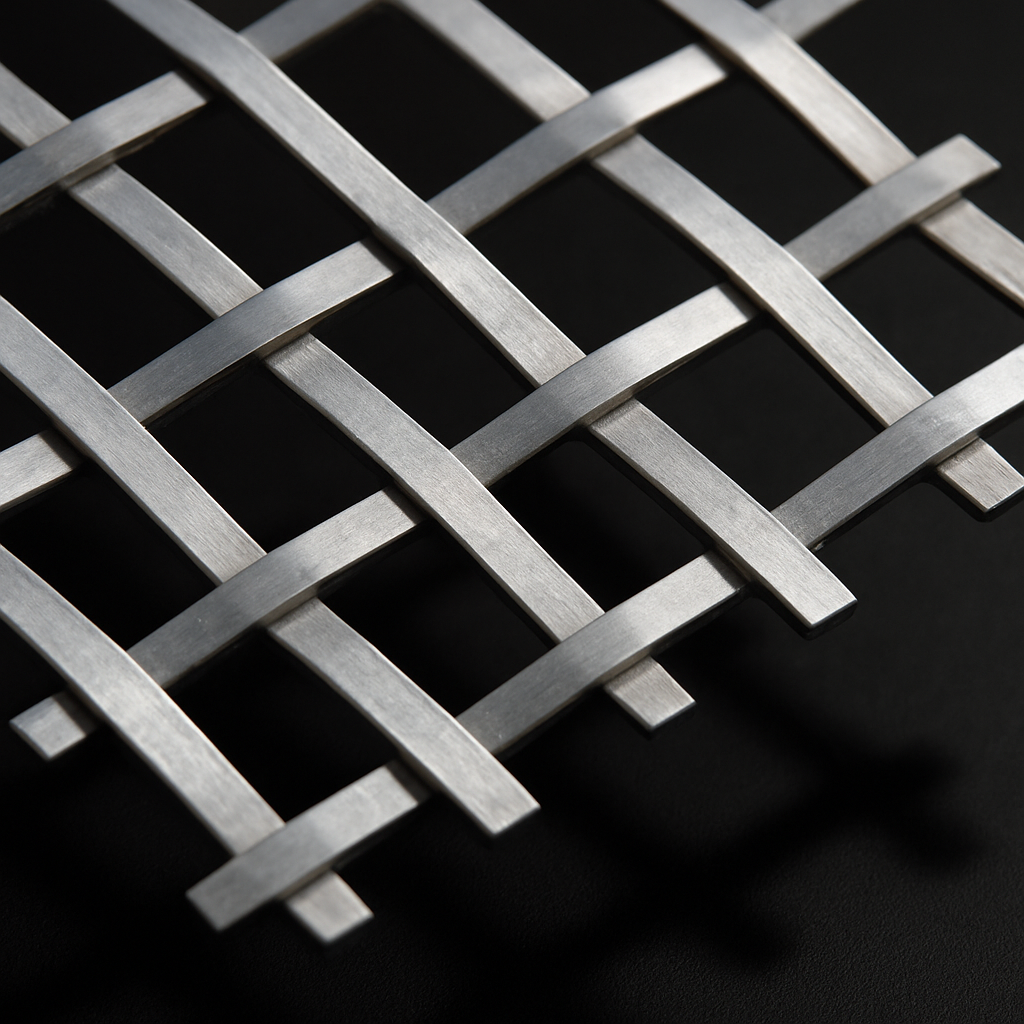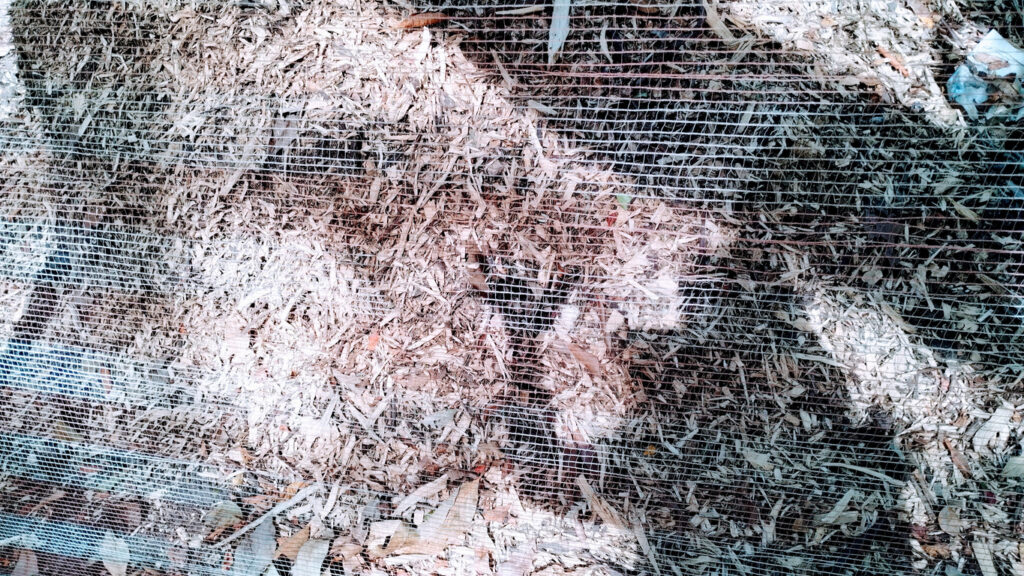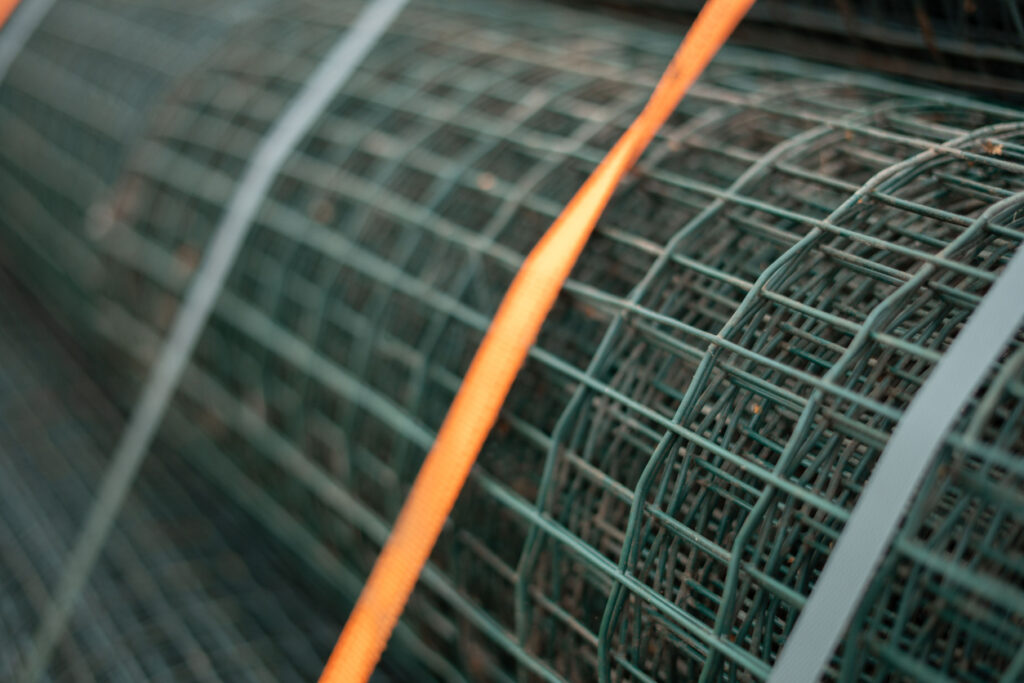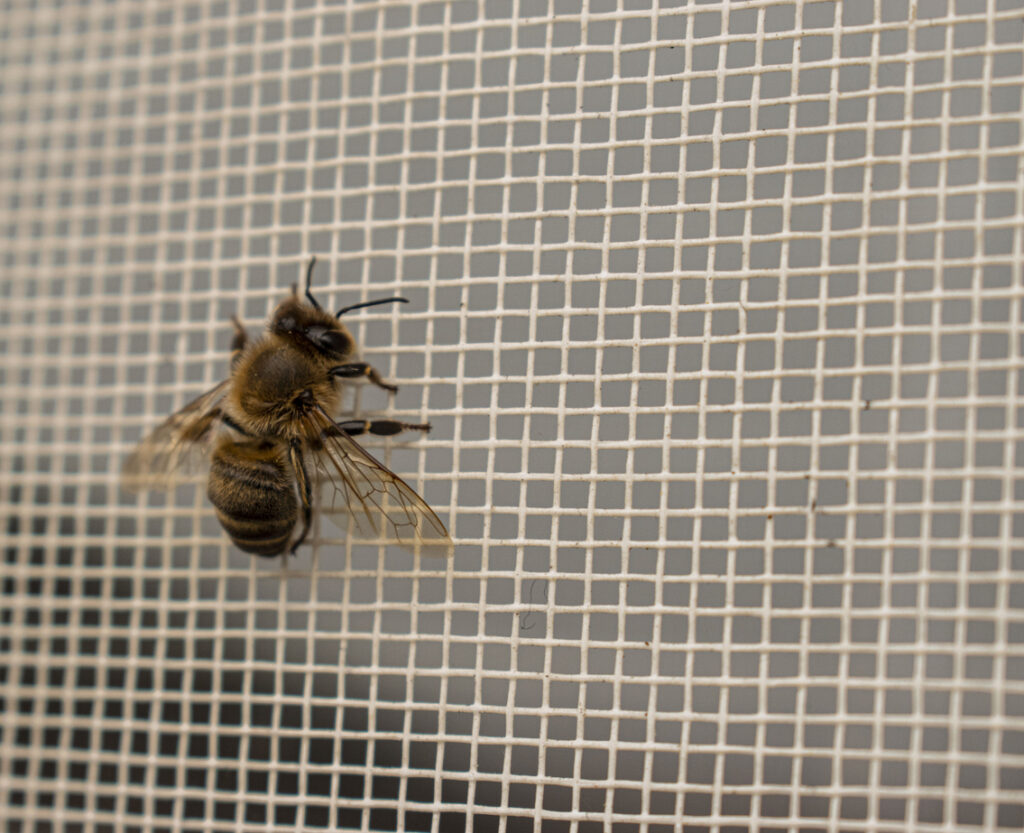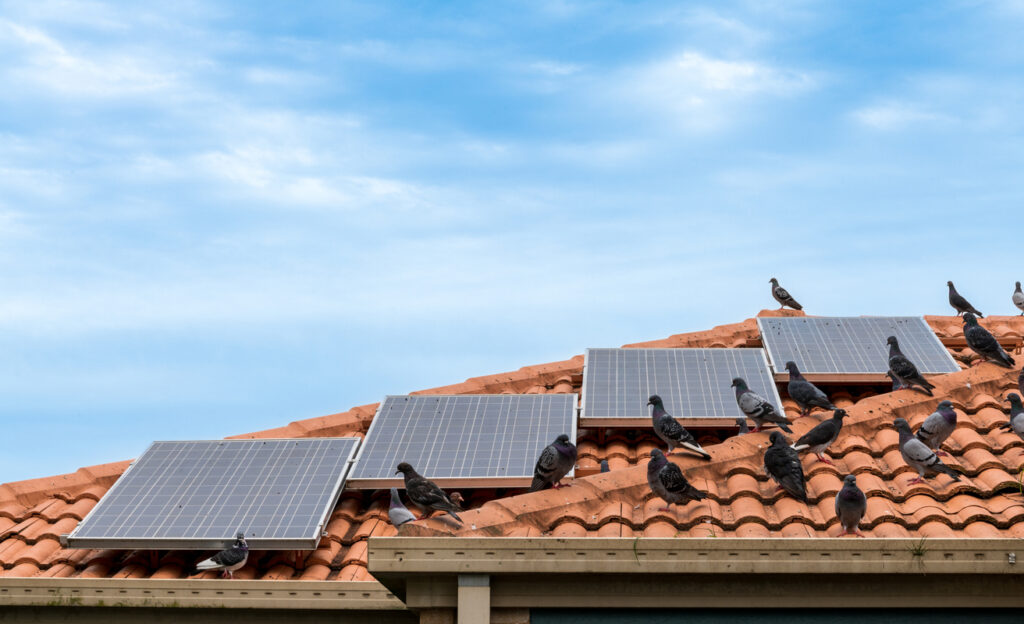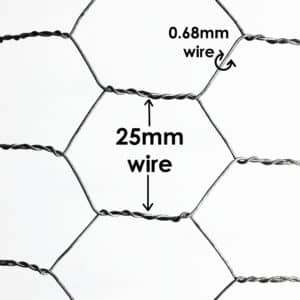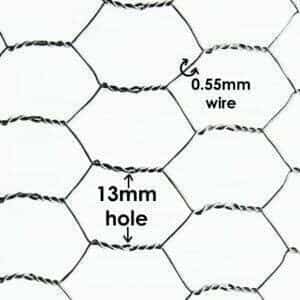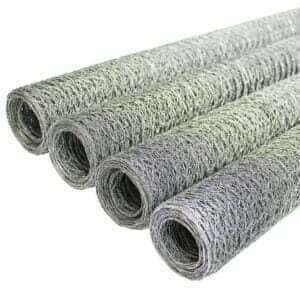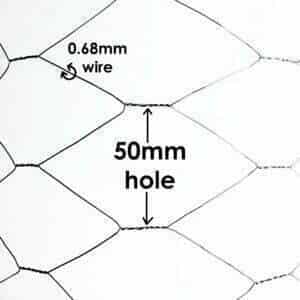









Creating your own vegetable garden is a rewarding way to grow fresh, organic produce and connect with nature. However, protecting your plants from pests and environmental factors is essential to ensure their success. Galvanised steel chicken wire is the perfect material for this purpose—durable, rust-resistant, and versatile, it’s an excellent choice for building vegetable garden enclosures.
At The Mesh Company, we offer galvanised steel chicken wire with 13mm, 25mm, and 50mm hole options, available in 600mm, 900mm, and 1200mm heights.
This guide will take you step-by-step through the process of using chicken wire to create a thriving vegetable garden.

Galvanised steel chicken wire is treated with a zinc coating, making it highly resistant to rust and corrosion. This durability ensures it withstands outdoor conditions for years, even in damp environments.
The variety of hole sizes—13mm for smaller pests, 25mm for general use, and 50mm for larger enclosures—allows you to tailor your garden fencing to your specific needs.
Before starting, gather the following tools and materials:
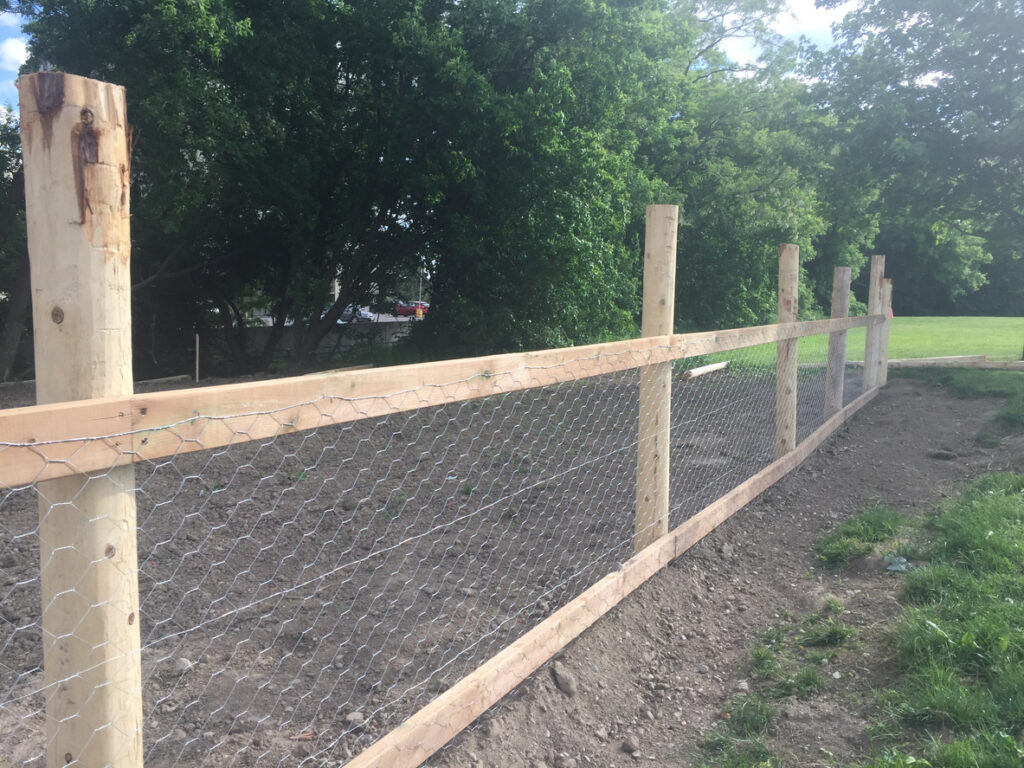
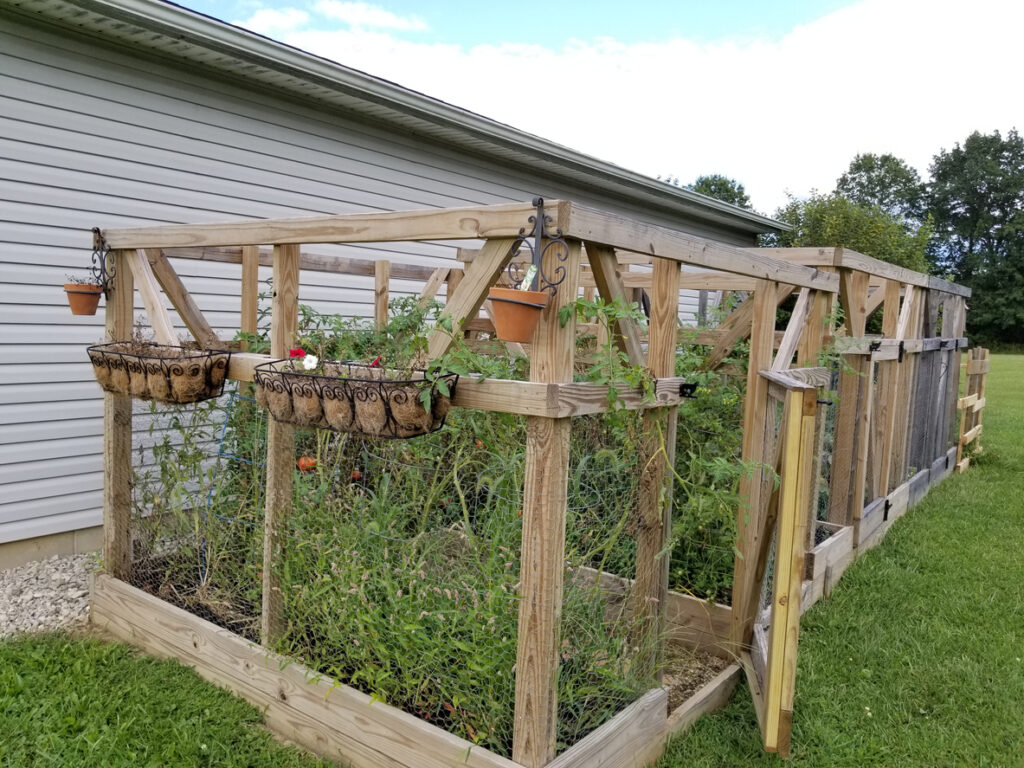
| Task | Details | Complete? |
|---|---|---|
| Measure the Perimeter | Use a tape measure to outline the area for your garden. | ☐ |
| Choose Chicken Wire | Select the right hole size (13mm, 25mm, or 50mm) and height. | ☐ |
| Gather Tools | Collect posts, cutters, staples, and other tools. | ☐ |
| Mark the Fence Layout | Use string or spray paint to define the perimeter. | ☐ |
| Install Fence Posts | Drive wooden stakes or metal posts into the ground. | ☐ |
| Attach Chicken Wire | Secure the wire to posts with staples or zip ties. | ☐ |
| Bury the Bottom Edge | Dig a shallow trench and bury the wire to prevent burrowing pests. | ☐ |
| Build a Gate (Optional) | Create and install a simple wire-covered frame for access. | ☐ |
| Inspect and Secure | Check for loose edges or sagging and make adjustments. | ☐ |
As always, thank you for checking out our blog. We hope that this helps you with your project. We try to launch a couple of new guides every week. Eventually we will have covered everything there is to cover about mesh.
You may be interested in our blog that explores how to build a chicken coop.
Our goal for our blogs and help guides is to answer as many questions as possible to help to explain the possibilities of mesh to our customers.


